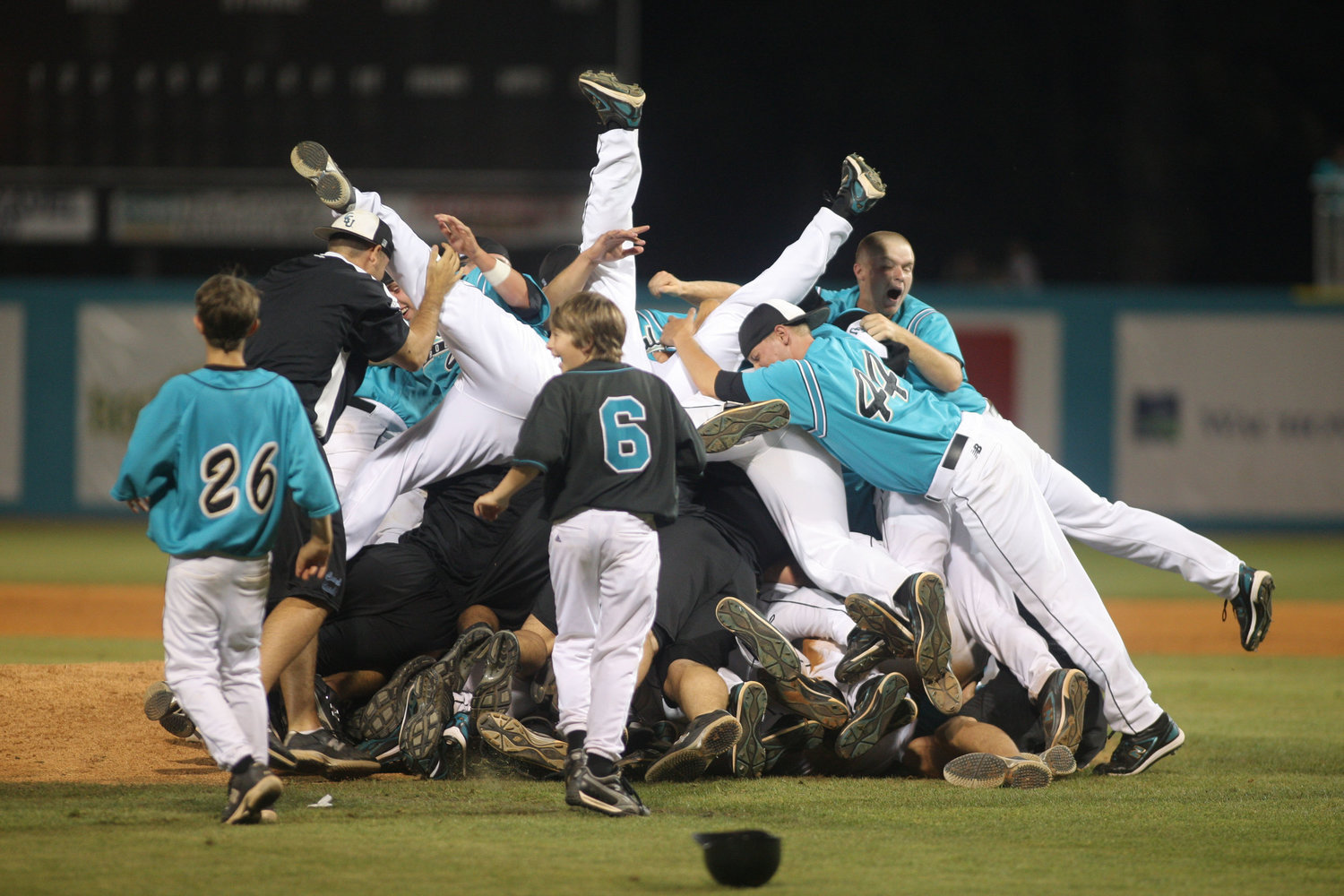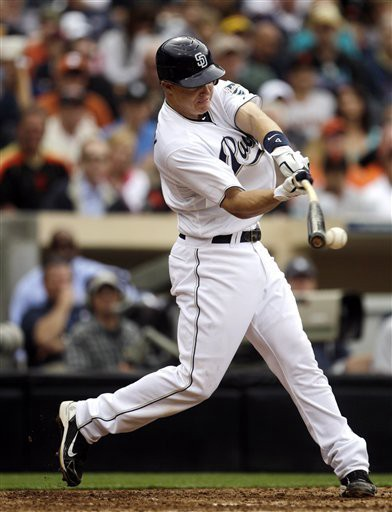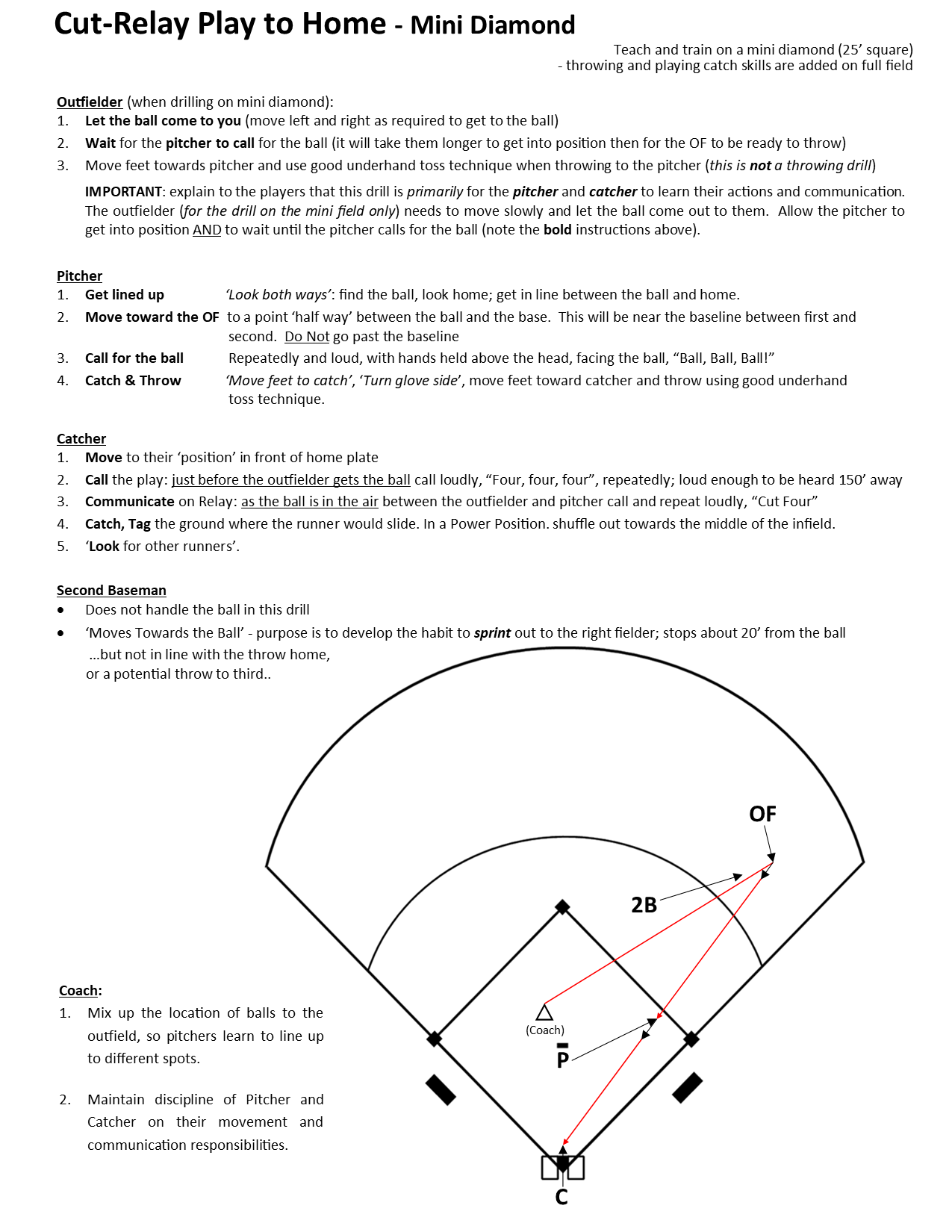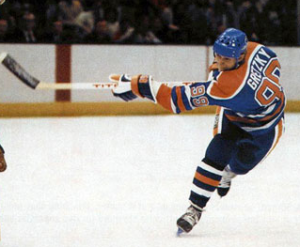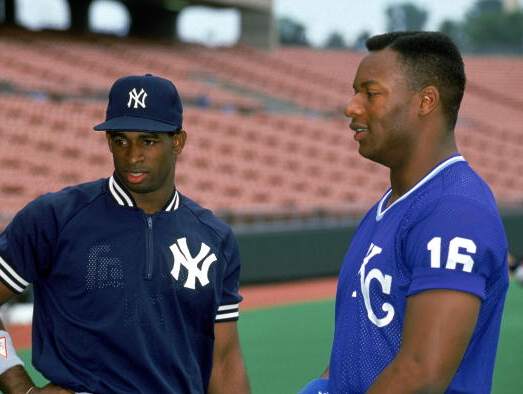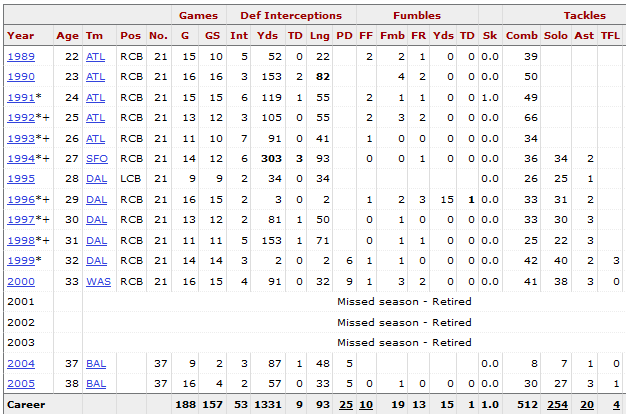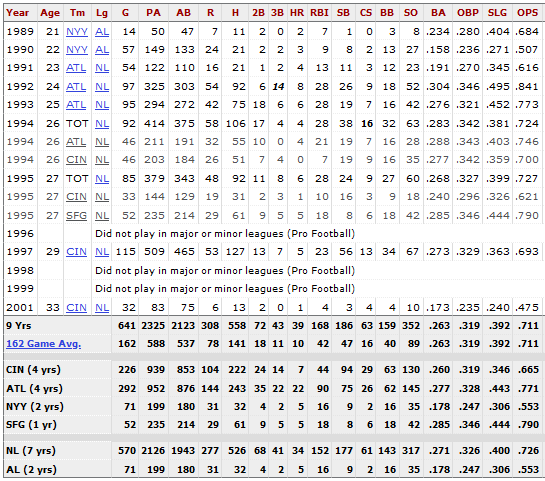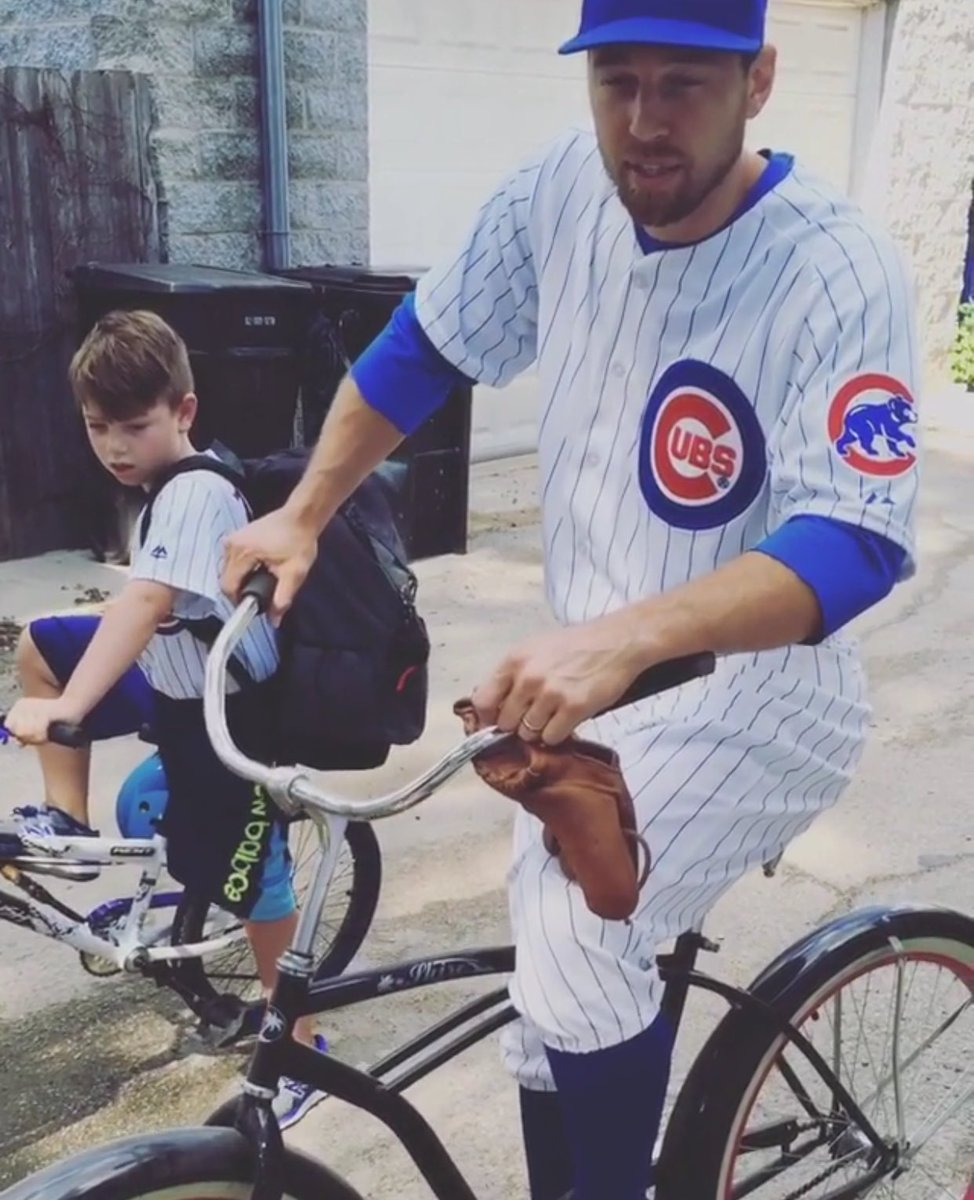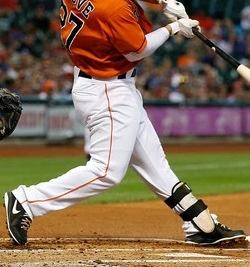Prevent Unnecessary Injuries …carry the bat like the pros
/As a parent, what is your greatest fear for your child when they are playing baseball or softball? Getting hit by a thrown ball? A line drive hitting them while pitching? Taking a ball in the teeth from a bad hop?
Each of these scenarios can potentially result in a serious injury but are ‘part of the game’ and are not entirely avoidable. Getting hit by a bat swung by another player can be avoided by training our kids to always carry the bat by the barrel.
Severe Injuries Can Happen in a Split Second
The video below shows an incident that happened during a major league game a few years ago. Ryan Braun is swinging his bat, not in the on-deck circle, but near his teammates in the dugout. This is a grown man who has spent his life at ballfields interacting with teammates. Even with this experience it is possible to get into your own world as a player and forget for a moment what is going on around you.
If this type of mind fart can happen to a grown man, a pro, it certainly can (and does on a daily basis) happen to youth ballplayers. Any of us who have spent much time around kids baseball and softball have seen a player swinging a bat randomly somewhere on the field, clearly not being mindful that another player or coach might be walking by within range of their follow through.
Injuries Can Be Avoided
Every year large numbers of kids around the country are struck by bats being swung by other players. Some incur brutal injuries. In some cases, the aftermath of those injuries stick with them for life.
There is a simple habit we can instill in our players that can virtually eliminate these unnecessary incidents. Teach our kids to always carry the bat by the barrel. The only time a bat should be held by the handle is when a player is positioned in the batter’s box, in their stance at a practice Tee, or during a coach supervised station set up for live swinging.
My hope is that every person reading this will forward it to anyone they know that is involved with youth baseball or softball: coaches, parents, and those in leadership positions in the leagues their kids play in. Let’s get this information posted on league websites, be part of the pre-season info leagues distribute to their coaches and be included in the annual league Safety Meeting.
We can save kids from suffering severe injuries …and possibly save a child’s life.
Simple Rules for Coaches and Leagues
Below are simple rules to have implemented by your team and league:
Hold the bat by the barrel when moving from place to place
When a bat is pulled from a bat rack, equipment bag, etc. the player immediately grabs the bat by the barrel
When a bat is picked up off the ground, it is picked up by the barrel
Also:
When multiple batters are swinging a bat at one time in close proximity to each other i.e., a batting station during practice (whiffle ball batting, tee work, soft toss etc.), no batter is allowed to move from their designated swinging spot until all participants have set their bats down. All players move in and out of the batting station together. If balls need to be picked up; all batters stop their swings and pick up balls together
No player is allowed to toss a ball up in order to swing at it i.e., ‘pitch to themselves’, play ‘golf’ with a ball that is on the ground, or any other such bat swinging activity not clearly defined by a coach/adult.
Train Kids to Develop Greater Awareness
In addition to training plyers in possession of a bat to practice safe habits, it is equally important to continually educate players who are walking around a ballfield without a bat. They need to always be conscious of players around them who have a bat in their hands.
Avoid walking near areas a player might be swinging a bat. Be aware of all players who are nearby, even if they think nobody is in possession of a bat.
Making this subject part of on-going conversation between adults and players gives our kids confidence to speak up in a case where they need to walk near a player holding a bat. Tell them to boldly alert that player that they are approaching.
When Is a Player Allowed to Swing a Bat?
There are only two instances players can hold the bat by the handle (making it possible to swing):
When standing at a spot that is designated by a coach/adult for working on the swing i.e. whiffle ball batting, batting tee, soft toss, etc.
When standing at home plate during batting practice, a scrimmage, or a game
When they are walking to and from home plate, a practice area, and any other time they are in possession of a bat, they are required to carry the bat by the barrel.
Simply laying these rules out does not guarantee the kids’ safety. Coaches and adults involved with a baseball or softball activity must take a hawkish approach to enforcing these rules all day, every day, all season. We should only see kids holding a bat by the handle when they are getting ready to hit a pitched/tossed ball or when standing at a tee. Any other time we see our kids around the ball field they either do not have a bat in their hands or a carrying the bat by the barrel.
How Does This Happen?
The incident (shown in the video) involving of Ryan Braun and Jean Segura never should have happened. There is an on-deck circle for a reason; it is a designated safe place to take warm up swings. Players and coaches know to be careful when walking near the on-deck circle and to walk wide of the that area when passing.
In this instance Braun was the third batter scheduled to hit and Segura was batting second. Braun wanted to start getting loose early. Like any advanced hitter will do, he stopped to watch the pitcher take his warm-up pitches. (At higher levels of play batters do this to identify which pitches they are going to see and to identify if a pitcher is having difficulty locating a certain pitch.)
It is likely he fell deep into thought regarding his upcoming at-bat and lost sight of the fact that he was standing close to many of his teammates and coaches. While this does not excuse him from responsibility, it is understandable that it can happen. The inexcusable mistake he made was standing in a high traffic area with a bat in his hands. He should have been out in the on-deck batting circle. He is allowed to be there if the actual on-deck batter has not shown up.
Video of College Softball and MLB Batters
Watch how the batters hold the bat after striking out and as they head back to the dugout. Examples of of how the pros, and college softball players, carry their bat when they are not batting. The proper way to hold a bat, when not batting, is by the barrel.
FSU Pitcher Jessica Burroughs Strikes out 13 - Watch: 0:03 0:28 1:22 1:53
Matt Cain perfect game - Watch: 0:55 1:38 2:14 2:20
Four good examples in each video are noted by the time stamps. Those of you who are fans of great pitching may enjoy watching an entire video. Jessica and Matt dominate!
Getting Buy-in from The Kids
Turning back to our kids; for these rules to be followed and for them to stick we must put ourselves in the minds and shoes of the kids.
First, young children still see the world almost exclusively through their own eyes. They are the center of the universe and their immediate wants and desires can override common sense and rules.
Second, kids see the handle as being the only option for holding a bat (and holding can quickly turn into swinging).
Finally, children (and most adults) do not immediately change their habits the first time they are told.
We must be diligent in helping them establish the habit of holding the bat by the barrel whenever they are away from a designated swinging area and carrying their bat. (We adults must also establish this same habit when we have a bat in our hands; kids take their cues from us.)
How do we motivate our kids to establish the safe habit of always holding the bat by the barrel when carrying it from place to place? Let them know that is how the pros do it (and point this out to them); the pros are cool : )
Many kids want to emulate the pros and most want to look cool. When implementing this rule, we do so from an adult’s perspective to maintain a safe environment for the kids. When we present it to the kids, while we make it clear it is for the sake of safety, we also point out that carrying the bat by the barrel is cool …it is what the Pros do.
Starting today, let us teach our kids how to be cool …and keep everyone safe.
